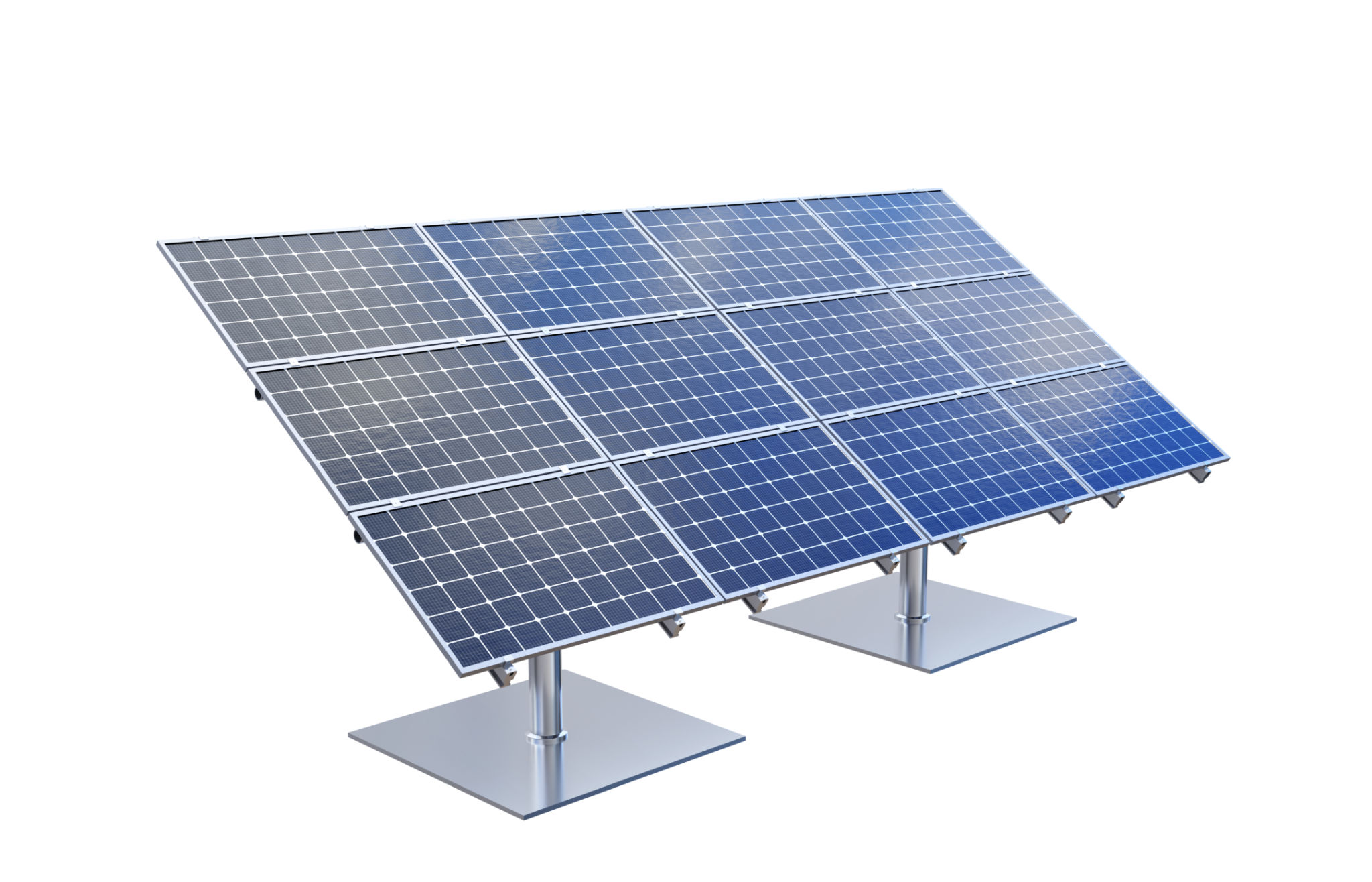How to Choose the Right Sustainable Features for Your New Home
Understanding the Importance of Sustainable Features
Building a new home is an exciting venture, and incorporating sustainable features can significantly enhance its value and reduce environmental impact. With growing awareness about climate change and resource conservation, many homeowners are now prioritizing eco-friendly elements. But how do you choose the right sustainable features for your new home? Understanding the importance and benefits of these features is the first step.
Sustainable features not only contribute to environmental conservation but also offer long-term cost savings. From reducing utility bills to increasing property value, these features make your home more efficient and attractive. It's essential to think about both immediate benefits and future advantages when planning your new home.

Assessing Your Needs and Budget
Before diving into specific sustainable options, it's crucial to assess your personal needs and budget. Consider which features align with your lifestyle and values. Are you aiming for energy efficiency, water conservation, or both? Identifying your priorities will help you make informed decisions.
Budget is another critical factor. While some sustainable features may have a higher upfront cost, they often lead to substantial savings over time. It's important to balance initial expenses with potential long-term benefits. Researching various options and comparing costs can help you find the best solutions within your budget.
Energy Efficiency: A Key Consideration
One of the most impactful areas for sustainability is energy efficiency. Start by evaluating insulation and window choices; high-quality insulation and energy-efficient windows can significantly reduce heating and cooling costs. Another effective feature is solar panels, which harness renewable energy from the sun to power your home.

Consider integrating smart home technology to optimize energy use. Smart thermostats, for instance, learn your schedule and adjust temperatures accordingly, ensuring you're not wasting energy when it's not needed. These technologies not only enhance sustainability but also add convenience to your daily life.
Water Conservation Strategies
Water conservation is another vital aspect of a sustainable home. Implementing low-flow fixtures in bathrooms and kitchens can drastically reduce water usage without sacrificing performance. Additionally, consider installing a rainwater harvesting system to collect and reuse rainwater for irrigation or other non-potable uses.
Landscaping choices also play a significant role in water conservation. Opt for native plants that require less water and maintenance, which not only conserves resources but also supports local biodiversity.

Choosing Sustainable Building Materials
The materials you select for your home's construction can greatly impact its sustainability. Opt for materials like bamboo, reclaimed wood, or recycled metal, which have lower environmental footprints compared to traditional options. These materials are durable, aesthetically pleasing, and often come from renewable sources.
When choosing finishes such as paint or flooring, look for products with low volatile organic compounds (VOCs). These products are healthier for both the environment and your indoor air quality, reducing exposure to harmful chemicals.
Final Thoughts on Building a Sustainable Home
Incorporating sustainable features into your new home is a rewarding process that benefits both you and the environment. By carefully assessing your needs, budget, and available options, you can create a home that aligns with your values and lifestyle while contributing positively to the planet.
Remember, every small step counts when it comes to sustainability. Even modest changes can make a significant difference over time. With thoughtful planning and execution, your new home can be a shining example of modern, eco-friendly living.